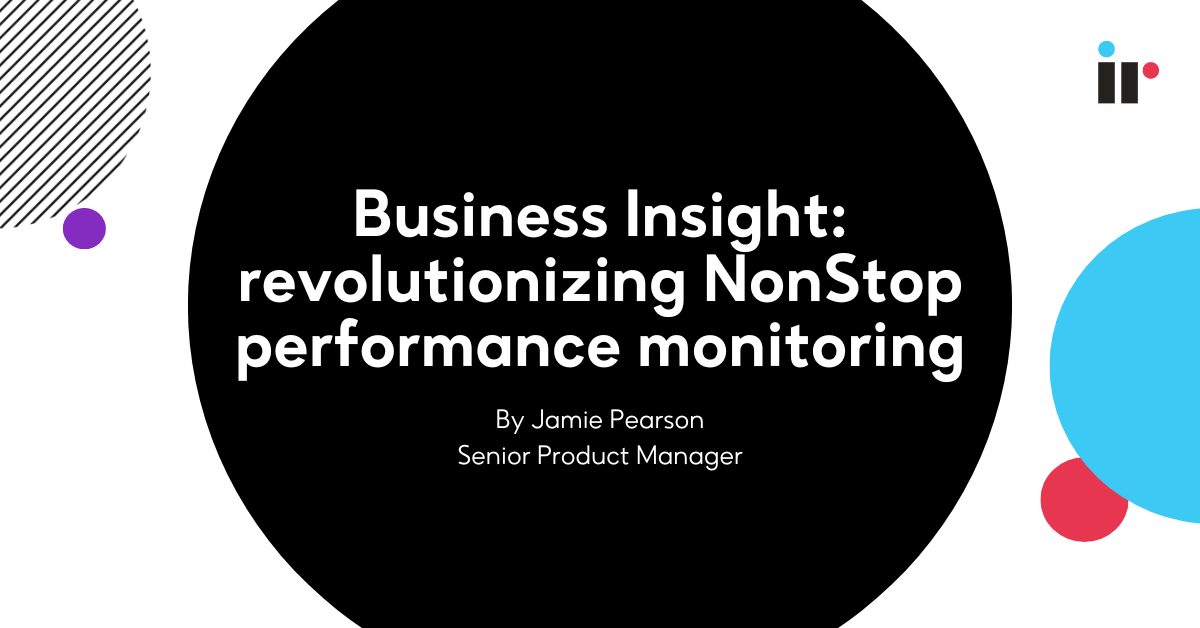Fixing a trajectory has relevance in many fields. Whether it's simply casting a tow line from a tugboat to an oil tanker or simply a shore-man dockside catching the ropes from a docking cruise ship, comprehending trajectories are important as they save time and lead to smoother operations. In times of warfare, of course, they take on a much higher level of relevance as they can determine the outcome of a battle as artillery pieces are trained on the battlefield. The arc of a shell has to be just right if the expended ordinance isn't to fall short and rain down on the heads of friendly troops.
In the world of IT, trajectories are more than likely depicted with a constant upward-climbing tilt as they depict future outcomes and fixing a trajectory conveys confidence even as it depicts a course that a product or technology will take. Ever since Moore's Law gained widespread support, the processors within the computer systems and servers get faster as it gets smaller and winds up costing less. But when it comes to software, fixing a trajectory over time is a lot more complicated and needs to take into consideration numerous technology trends even as they are in their infancy. Weighting expectations likely to influence trajectories becomes critical to the success or otherwise of any company providing software.
At the most recent gathering of IR sales folks the company went to some lengths to describe how it was fixing it's trajectory for Prognosis as it explained the major technology shifts influencing where Prognosis was headed. Clearly, anchoring the trajectory was the aspect of Prognosis we are all familiar with – making events and alarms visible to operations and, increasingly today, line of business managers. Real time data coming from mission critical business logic together with historical data stored in log files were the primary sources for making what was actually occurring visible to all interested parties.
Executed well, the follow-on from visibility is insight – collating many events as they occur and displaying them in ways that allow developing trends to be easily recognized. Whether this is unusually high transaction volumes or diminishing resources, gaining insight whether technical or business oriented, generally leads to better service being provided. In today's world where the value of many solutions is benchmarked against previously agreed-upon Service Level Agreements (SLAs), such insight is important and Prognosis has been providing insight for some time. Of importance to the NonStop community are the Infrastructure Performance Management Solutions
Provided by IR to better identify trends in real time and take action; of course, but in so doing, with Prognosis you can see your entire technology environment from one point of view and predict capacity overloads before the cracks start to show. Fast." In terms of fixing a trajectory, providing insight is a powerful step up from simply giving operations a view of what's happening right now and as such helps shape the trajectory in the upward direction users and other vendors expect to see from IR.
However, it's the additional two steps along the trajectory that provide additional insight – not in terms of a user's operations or the business performance but rather, with respect to where IR is taking Prognosis. What the addition first of prediction and prescription and then even further out, the wherewithal to pursue self-healing models, these herald a transition to where technologies such as big data and artificial intelligence lend a hand. With the arrival of support for predictive monitoring, it's not just about notifying parties of a situation as it develops but rather, based on accumulated knowledge, tipping-off these same parties of events likely to occur and giving them a significant time window in which to react before the likely event turned catastrophic.
As for self-healing, tipping off these parties about what's likely to happen is supplanted by the presence of models that react without any parties needing to intervene. Resources can be pulled in from elsewhere in the network to better serve a solution experiencing a high level of activity even as solutions failing on one system can be brought back online running somewhere else. In a world where current trends indicate the technology is headed to a fully virtualized, software-defined-everything, such capabilities as predictability and self-healing will become mandatory for any application performance monitoring product.
Of course, it's important that our users know where we are headed," explained IR Director of Sales – Americas, Jay Horton. "However, possibly more importantly, our own sales organization needs to know and be comfortable with where we are headed not to sell features still in development but rather, to have the confidence to assure that customers and prospects alike know the investments we are making today in Prognosis positions us well to accommodate the changes inside of the data center that we see coming."
And this really is the good news for the NonStop community. As more information arrives about NonStop participating in hybrids and about greater participating in private as well as public clouds, understanding where IR is putting its product trajectory is incredibly important. Without such understanding the assumption will always be that a product has only tactical considerations but with such clearly articulated trajectory for Prognosis, the product assumes more strategic significance. In conveying this, IR is assuring the customers and prospects of its viability into the future and that will always anchor good news for everyone. And Prognosis delivers on all fronts.


